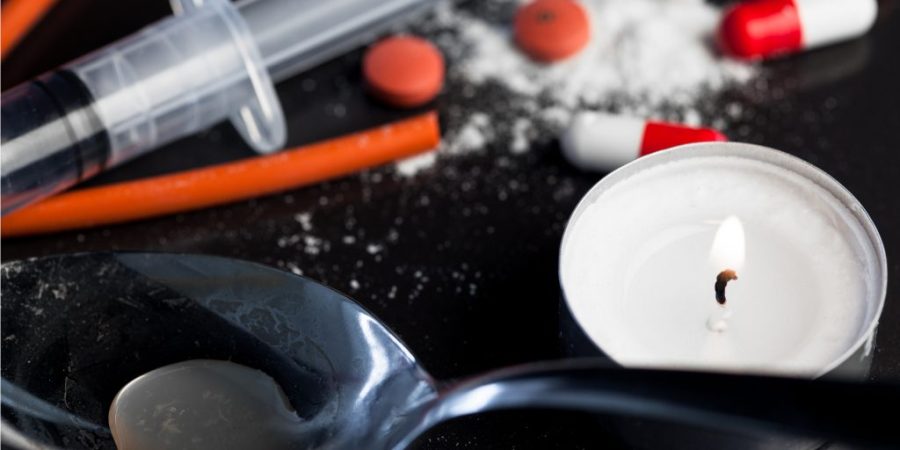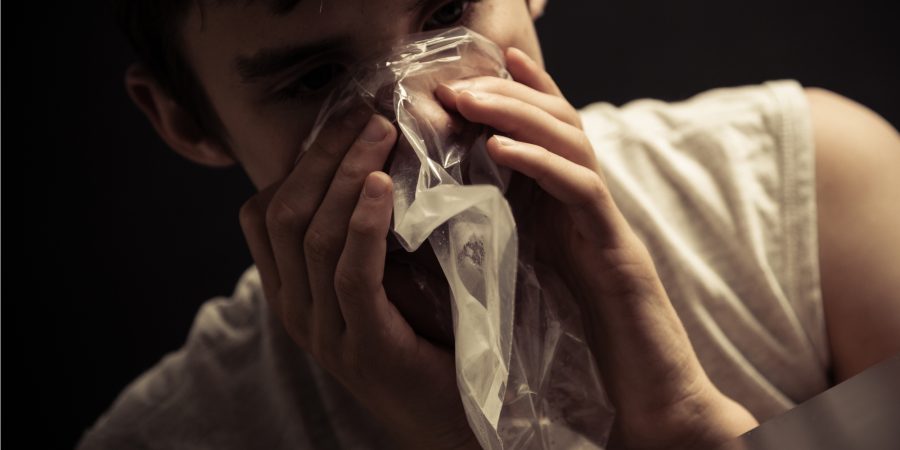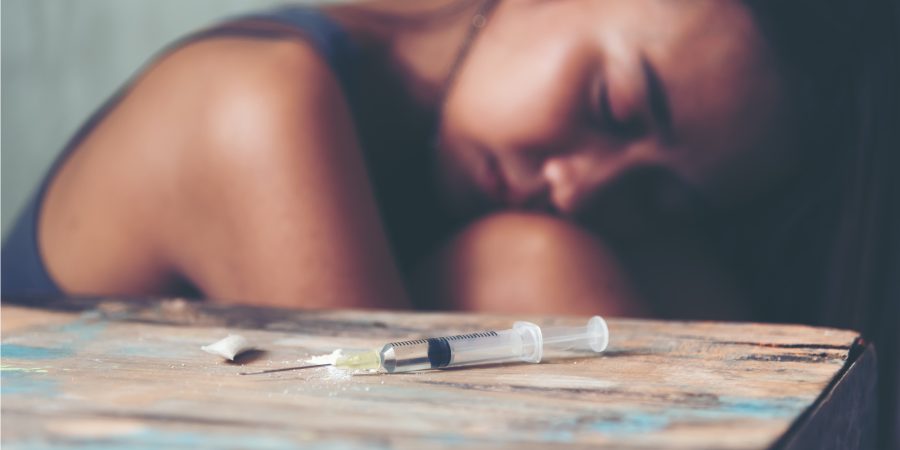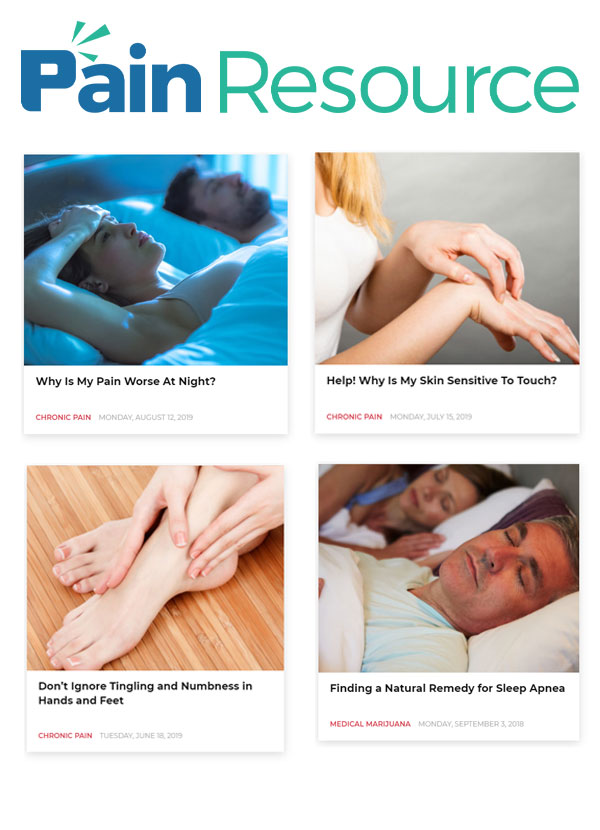
Drug use is prevalent in the United States, and thanks to online shopping, drug paraphernalia is easier than ever to purchase.
Recognizing drug paraphernalia can be harder than it sounds. In general, drug paraphernalia refers to any equipment or materials that are used to make, transport, or take drugs. Paraphernalia is not always obvious, as the methods of concealing drugs or drug use have become quite clever.
However, drug equipment does not have to be bought, it can just as easily be made from everyday household items. Knowing how to recognize these items could help you establish if drug use is occurring in your surroundings, and which drugs may be in use.
Learn more about what drug tools are used with commonly abused drugs, whether it’s illegal to possess drug paraphernalia, and what to do if you discover signs of drug use.

Table of Contents
Common Drug Addictions and Associated Paraphernalia
Drug use is an ongoing problem in the U. S., and drug-related deaths continue to be a leading cause of accidental mortality. Nationwide, the most commonly abused drugs include alcohol, illicit and prescription opioids, cocaine, meth, and benzodiazepines. Nevada residents specifically are subject to the high availability of methamphetamine and opioids, and related overdose rates have been increasing in recent years.
The tools needed to consume drugs vary between substances and methods of drug use. Overall, drugs are most often snorted, smoked, injected, swallowed, or inhaled. Below are examples of paraphernalia associated with drug use depending on how the drug was taken.
Swallowing Drugs
Swallowing drugs is among the easiest methods of ingestion. Some of the drugs that are swallowed include alcohol, GHB, heroin (pills), marijuana (edibles), ecstasy, and methamphetamine pills. There may or may not be available drug paraphernalia when substances are swallowed, due to the simplicity of consumption.
If alcohol paraphernalia is present, it will include anything that can hold liquid. This could include flasks or soda bottles refilled with liquor.
GHB paraphernalia will also be able to contain liquid but in much smaller amounts. These items might include:
- Syringes or other pieces able to measure milliliters
- Screw off soda caps
- Travel containers that can hold a few ounces of liquid
Alternatively, drugs like ecstasy may have paraphernalia that enhances the effects of the drug instead of aiding the administration of use. This can include:
- Blow pops or other sucker candies
- Glow sticks
- Menthol vapor rub
In essence, finding these odd objects may indicate drug activity is occurring.
Snorting Drugs
Any drug that can be crushed into a powder can be snorted, or inhaled through the nasal passages. This includes heroin, meth, ecstasy, cocaine, and any pill that can be broken down into dust. Snorting drugs allows for a quicker onset of drug effect compared to swallowing, but can lead to a host of problems in the throat and nasal membranes.
Drug paraphernalia associated with snorting drugs include:
- Small metallic tubes
- Rolled up bills
- Hollowed out pens
- Straws
- Small mirrors
- Razor blades, gift cards, or credit cards (for cutting into lines)
- Pen caps or other narrow objects (for taking “bumps”)
In addition, dusty or powdery residue can also indicate that someone has been snorting drugs.
Injecting Drugs
Injecting drugs usually involves liquifying a substance and injecting it into a vein. This is among the most dangerous ways to use drugs in terms of both drug overdose and complications from contagious disease and other infections.
Drugs that are commonly injected include heroin and other opioids, along with meth or prescription stimulants. In addition to the long list of health risks associated with injecting these substances, risk of addiction when injecting drugs is incredibly high.
Tools associated with injecting drugs include:
- Burnt spoons, lighters, or tin foil (used for cooking drugs)
- Tubing, lacing, or belts (used as a tourniquet)
- Syringes and needles (for injecting)
- Dried up cotton balls (used for straining drugs)
Inhaling Drugs

Inhalants are one of the few drug categories that are more likely to be abused by underage people. These items are usually aerosol- or nitrite-based (i.e. “poppers”), and are inhaled through the item’s packaging itself or through balloons or bags (known as “huffing”).
Examples of these products include hair sprays, spray paints, cooking sprays, whip cream canisters (whippits), or products with amyl nitrite. Therefore drug paraphernalia that would indicate inhalant use include:
- Aerosol cans
- Plastic or paper bags
- Rags, bandanas, scarves, or diapers (to inhale product from)
- Markers
- Soda cans (to inhale product from)
- Cotton balls (to soak, then inhale from)
- Balloons (to inhale product from)
Smoking Drugs
Smoking is another common way to use drugs. Drugs that are commonly smoked include marijuana, heroin, cocaine, meth, and ketamine. Smoking drugs is one of the fastest ways to feel drug effects. However, with increased intensity comes an increased risk of addiction, as well as lung disease, mouth and throat problems, and a variety of cancers.
Obvious drug paraphernalia associated with smoking drugs include:
- Glass or metal pipes
- Bongs or water pipes
- Joints, rolling paper, rolling trays, and roach clips (metal clips that hold a joint)
- Vape pens or e-cigarettes
- Dab rigs or dab pens (for marijuana concentrates)
- Grinders
- Lighters
However, this is where spotting drug paraphernalia can get tricky. Due in part to the popularity of vaping, devices to smoke drugs are currently made to look like just about anything. For example, vaping hooded sweatshirts are an actual product and are allowing users to smoke almost anywhere.
Other concealed pipes can look like the following:
- Lipstick
- Jewelry
- Car key fobs
- Keychains
- USBs
- Regular pens
In a similar fashion, containers meant to hide or stash drugs from sight can look like anything from books (hollowed out) to Pringles cans, toiletries, and drink containers. Alternatively, small amounts of drugs can be hidden in alarm clocks, flashlights, pens, personal products, or battery compartments.
In cases like these where detection of drug paraphernalia can feel impossible, it’s helpful to understand the behavioral and physical signs of drug use.
Additional Signs of Drug Use

Hiding drugs or owning drug paraphernalia is a clear sign of drug use. However, even if drug paraphernalia has not been found, physical or behavioral signs of drug use may be an additional indicator of substance abuse.
Behavioral signs of drug addiction can include the following:
- Poor hygiene
- Sudden shift in weight
- New acquaintances or friends
- Erratic behavior
- Changes in sleep patterns
- Missed appointments or other responsibilities
In short, any change in a person’s routine or attitude can be a behavioral flag for substance abuse.
On the other hand, physical signs of drug use include effects from the drugs themselves either while high or while coming off of the drug. These include things such as:
- Red, watery, eyes with small or large pupils
- Obvious intoxication
- Hyperactivity or talkativeness
- Lethargy or exhaustion
- Needle or track marks
- Dental decay or scabs on the body
- Bloody or runny noses
- Hacking cough
Any combination of these symptoms could indicate drug use or addiction. And because drug addiction does not discriminate, it is important to remember that anyone anywhere can develop a drug addiction.
Is Drug Paraphernalia Illegal in Nevada?
Drug-related deaths are a leading cause of mortality in Las Vegas and Nevada. As such, Las Vegas drug laws are some of the harshest in the country. Most drug paraphernalia is illegal. However, drug laws are constantly evolving, sparking confusion among what is currently legal versus what is punishable by law.
For example, in 2017 Nevada legalized the purchase of recreational marijuana, but using marijuana in public is still illegal. So, what does this mean for marijuana paraphernalia?
The short answer is, it depends. Federally, marijuana is still illegal. However, on a state level, marijuana paraphernalia in Nevada is legal since the drug was approved for recreational use.
What to Do if You Suspect Drug Use
Suspecting a loved one may be using drugs can be concerning, especially if you think drugs may be hidden in your home. Research indicates that the best way to confront someone suspected of drug use is to approach the topic with a well-meaning plan. The thought behind this tactic is that people will be more receptive to a discussion when they don’t feel attacked.
Therefore, do your homework in order to be armed with options for tackling drug use. If addiction is evident, enlisting the support of a professional addiction treatment facility may be the best way forward.
Finding Help for Addiction in Las Vegas, Nevada
There are many effective treatment methods for drug addiction leaving you with options in how to approach drug treatment. However, when searching for drug rehabs, make sure the facility is accredited with qualified treatment teams.
Usually, addiction therapy begins after drug detox. This ensures that no drug remains in your system, and focus on behavioral components of drug use can begin. Following detox it is common to enroll in a residential treatment program in order to be able to fully focus on recovering.
During our substance abuse treatment at the Vance Johnson Recovery Center (VJRC), we offer a plethora of treatment options ranging from individual therapy to recreational methods. Other addiction treatment therapies include:
- Group therapy
- Complementary therapies (i.e., yoga and recreational therapy)
- Cognitive behavioral therapy (CBT)
- Dialectical behavior therapy (DBT)
- Acceptance and commitment therapy (ACT)
- Motivational interviewing (MI)
- Mindfulness and meditation
- Eye movement desensitization and reprocessing (EMDR)
- Clinical hypnotherapy
- 12-step recovery groups
Rest assured that at VJRC, we understand addiction, and are committed to you both before, during, and after treatment at our facility. We realize that committing to addiction treatment is a big step in acknowledging drug addiction, and at VJRC you will be fully supported in your transition to recovery.
To get started on your recovery from drug use, contact one of our admissions specialists at 888-828-2623, or use our confidential online form to ask us anything that comes to mind.
You can take your life back from drug addiction. And at the Vance Johnson Recovery Center, we can help.
The post Hiding Drugs in Plain Sight: Could You Recognize Drug Paraphernalia? appeared first on Vance Johnson Recovery Center.
Source
Original Author: Vance Johnson Recovery Center

